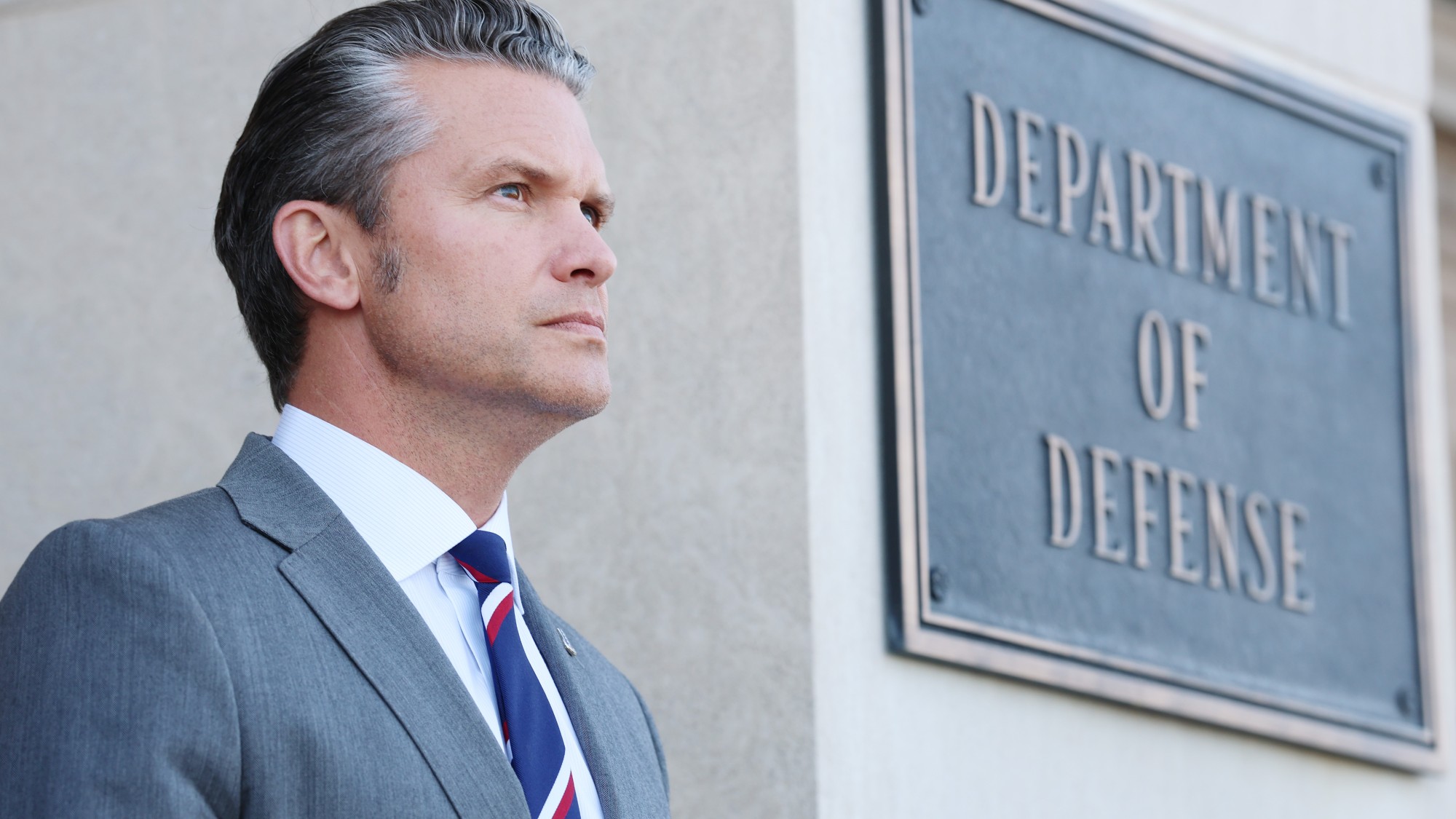After the typhoon, chaos
Super Typhoon Haiyan slammed into the Philippines, killing at least 2,344 people and flattening everything in its path.
Panic and desperation gripped parts of the Philippines this week, after Super Typhoon Haiyan slammed into the island nation, killing at least 2,344 people and flattening everything in its path. With aid workers struggling to reach some of the worst hit areas, around 11 million people were left without food, water, or shelter. The coastal city of Tacloban bore the brunt of the record-breaking 195 mph winds and 13-foot storm surges. As it entered a fifth day without aid, President Benigno Aquino dispatched soldiers to contain widespread looting and violence. Thousands stormed the airport hoping to flee. “No food, no water, no light,” said Tacloban resident Mary Jane Garcia. “We survived the typhoon, but this will kill us.”
The United Nations appealed for $301 million in aid, and the U.S. dispatched the aircraft carrier USS George Washington and other Navy ships to help the mammoth recovery effort. The Philippine government defended its slow response to the storm, which came weeks after a major earthquake. “This is the largest logistic operation in the history of the Philippines,” said one cabinet official.
The disaster may be “unprecedented for the Philippines,” said Costas Synolakis in WSJ.com. That’s no excuse for the lack of preparation. Around 20 cyclones hit the country each year, and given this one’s massive size, “the sequence of events was predictable.” Haiyan moved “at a bicycle’s pace,” giving the government “ample time” to get organized. So why the chaos?
The Week
Escape your echo chamber. Get the facts behind the news, plus analysis from multiple perspectives.

Sign up for The Week's Free Newsletters
From our morning news briefing to a weekly Good News Newsletter, get the best of The Week delivered directly to your inbox.
From our morning news briefing to a weekly Good News Newsletter, get the best of The Week delivered directly to your inbox.
Here’s a simple explanation, said Max Fisher in WashingtonPost.com: “poverty.” The Philippines ranks 165th in the world by GDP per capita, meaning residents can only afford light wood to construct their flimsy homes and “supposedly storm-proof shelters.” That’s why Haiyan wiped out whole areas in seconds, destroying roads and ports crucial to the delivery of local and international aid.
Such storms will become even more devastating, said Adam Sobel in CNN.com. Global warming may be debatable, but rising sea levels are a fact. That will make flooding—Haiyan’s “deadliest weapon,” as it was with Hurricanes Sandy and Katrina—even deadlier in the future.
A free daily email with the biggest news stories of the day – and the best features from TheWeek.com
-
 How the War Department became the Department of Defense – and back again
How the War Department became the Department of Defense – and back againIn Depth In 1947 President Harry Truman restructured the US military establishment, breaking with naming tradition
-
 Sudoku hard: December 8, 2025
Sudoku hard: December 8, 2025The daily hard sudoku puzzle from The Week
-
 Codeword: December 8, 2025
Codeword: December 8, 2025The daily codeword puzzle from The Week
-
The final fate of Flight 370
feature Malaysian officials announced that radar data had proven that the missing Flight 370 “ended in the southern Indian Ocean.”
-
The airplane that vanished
feature The mystery deepened surrounding the Malaysia Airlines flight that disappeared one hour after taking off from Kuala Lumpur.
-
A drug kingpin’s capture
feature The world’s most wanted drug lord, Joaquín “El Chapo” Guzmán, was captured by Mexican marines in the resort town of Mazatlán.
-
A mixed verdict in Florida
feature The trial of Michael Dunn, a white Floridian who fatally shot an unarmed black teen, came to a contentious end.
-
New Christie allegation
feature Did a top aide to the New Jersey governor tie Hurricane Sandy relief funds to the approval of a development proposal in the city of Hoboken?
-
A deal is struck with Iran
feature The U.S. and five world powers finalized a temporary agreement to halt Iran’s nuclear program.
-
End-of-year quiz
feature Here are 40 questions to test your knowledge of the year’s events.
-
Note to readers
feature Welcome to a special year-end issue of The Week.